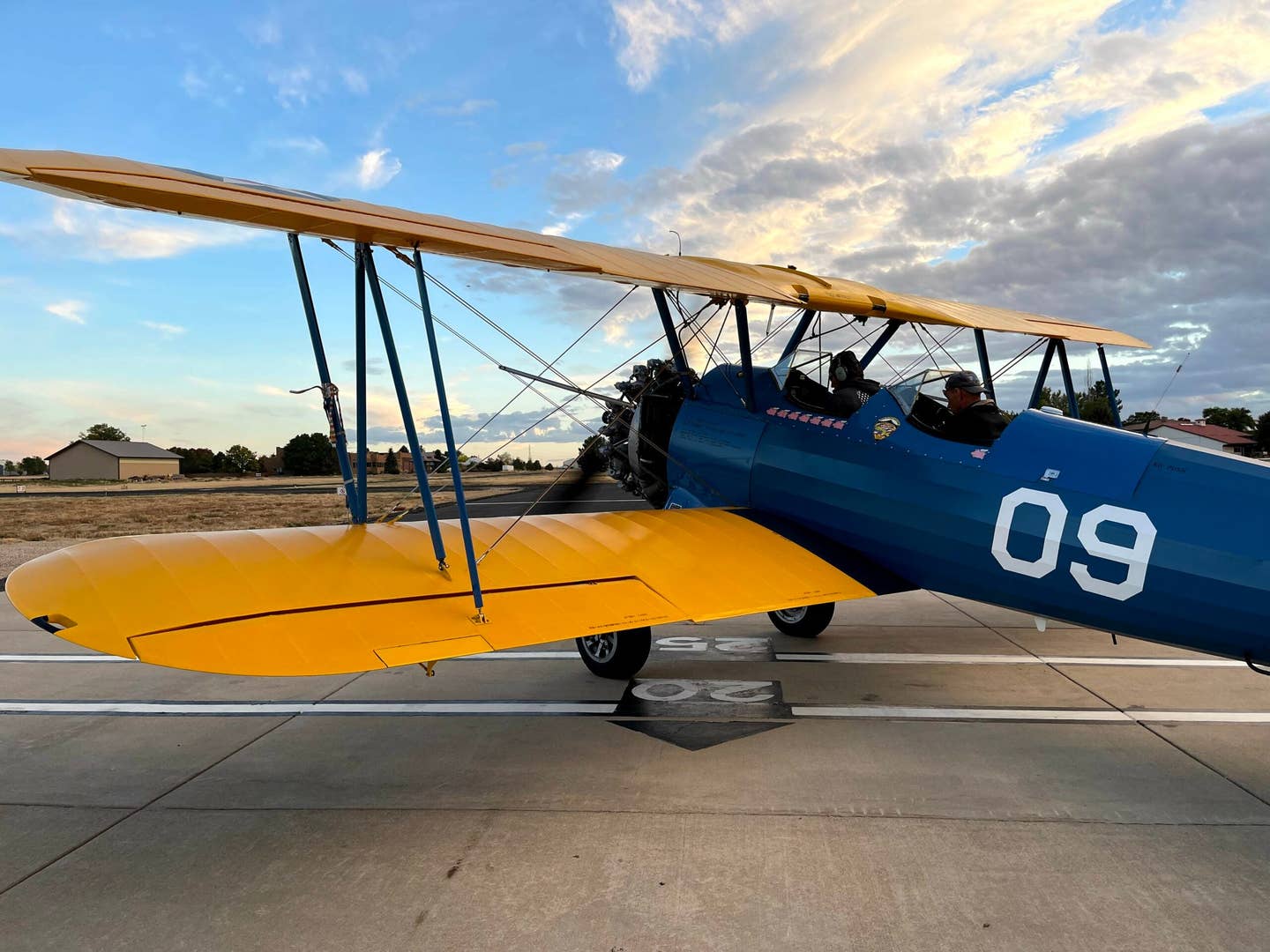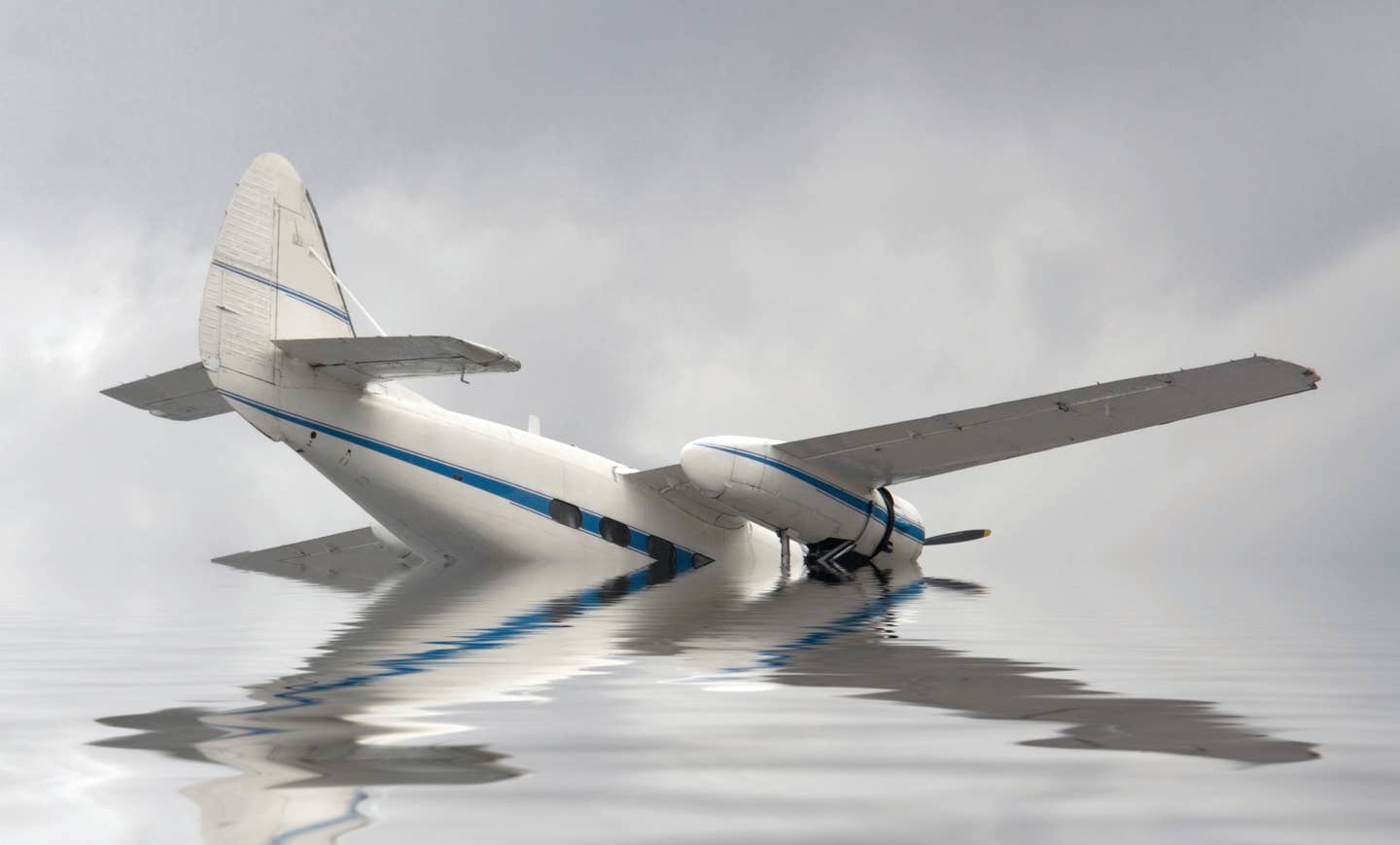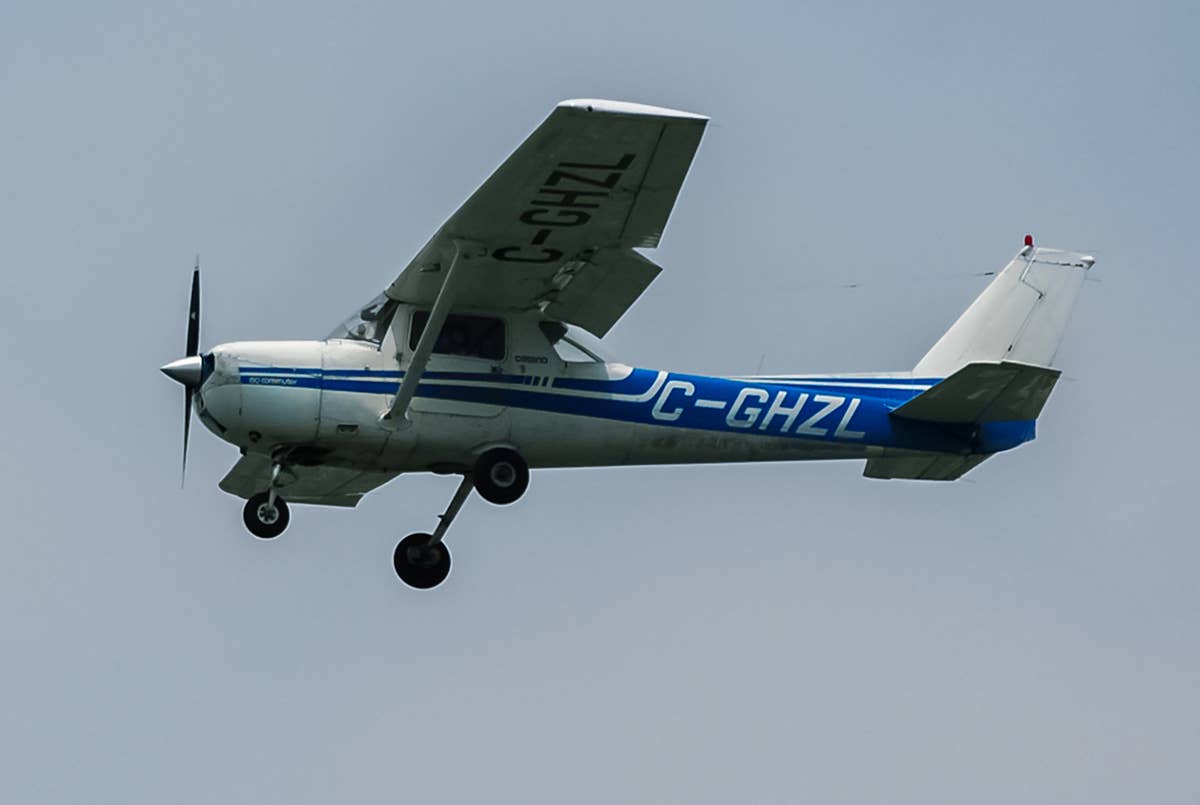NTSB Issues Deicing Safety Alert
The directive also warns that ice buildup on pitot tubes can lead to instrument failure, impacting readings for airspeed, altitude, and vertical speed.

The NTSB safety alert warned of the dangers of flying in icing conditions, and the adverse effects of airframe and propeller icing on aircraft performance. [FLYING file photo]
As winter approaches, the National Transportation Safety Board (NTSB) has issued Safety Alert SA-097, reminding pilots about the dangers of flying in icing conditions—namely the adverse effects of airframe and propeller icing on aircraft performance.
SA-097 emphasized that “as little as 1/4-inch of wing-leading edge ice accumulation can increase the stall speed by 25 to 40 knots and cause sudden departure from controlled flight.”
The alert also warned that ice buildup on pitot tubes can lead to instrument failure, impacting readings for airspeed, altitude, and vertical speed.
The NTSB acknowledged that some pilots have been taught to wait for a certain amount of ice to accumulate on the leading edges before using deice boots due to concerns about ice bridging. However, the FAA’s recent tests show that modern deicing boots, from aircraft manufactured after 1960, are not prone to ice bridging.
The agency warned that performance issues may arise if deice boots are not engaged promptly when icing begins and advises pilots to refer to their operating handbooks for specific procedures on boot activation and use.
The alert also cited several accidents where failure to follow operating handbook instructions led to in-flight loss of control, underscoring the critical importance of adhering to recommended deicing practices.
Editor’s Note: This article first appeared on AVweb.

Subscribe to Our Newsletter
Get the latest FLYING stories delivered directly to your inbox






